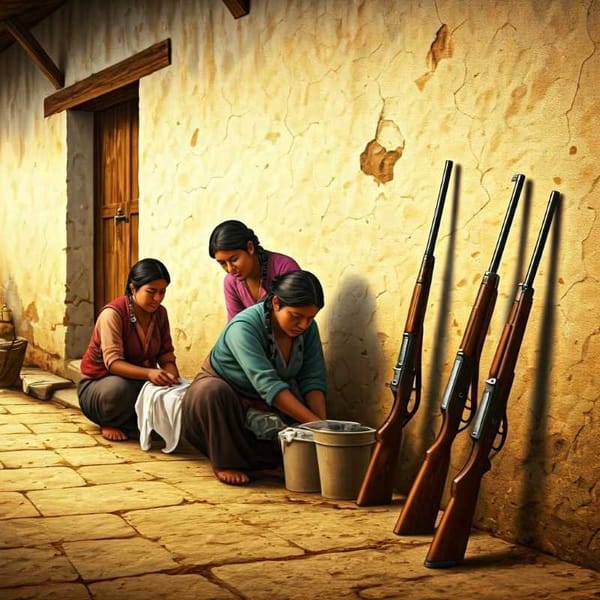The Timeless Art of Pottery and Ceramics
Discover the enduring legacy of pottery and ceramics as they journey from ancient beginnings to modern applications, bridging tradition and innovation while reflecting our connection to the earth and cultural identity.

In the beginning, hands were humanity's first vessels to carry sustenance to their mouths. Over time, the human hand evolved in dexterity, shaping its relationship with the environment and establishing human spaces marked by continuous transformation. In this ever-changing landscape, a few constants remain tradition, cultural expressions, and the unique symbols of various communities.
Pottery and ceramics, the original "bowls," are a testament to these constants. Surpassed in antiquity only by hard fibers like tules and ixtles, they embody the essence of manual work and artisanal activity. By studying these crafts, we can better understand how they have shaped and continue to shape our lives.
A Journey from Hand to Fire
The first potters likely took inspiration from their hands when they discovered the vast potential of clay. As they learned to manipulate its consistency from pliable to moldable, they created countless objects, first hardened by the sun and later by fire—a force tamed by nature. Throughout history, these objects have fulfilled the three inherent functions of craftsmanship: utilitarian, ceremonial, and decorative.
Clay provides a metaphor for our origins as a species, reflecting our connection to the earth and our ability to shape it into something new. As we journey into the 21st century, clay continues to be an essential part of our lives, whether as traditional pottery or modern applications.
A Complex Coexistence
Today, the world of pottery and ceramics is a complex one. In Mexico, for example, traditional earthenware pots and jars coexist with modern plastic and metal containers in the same markets. This situation raises the age-old debate between handmade and industrialized products.
Despite this debate, both traditional and modern methods have their place in our society. Handmade pottery and ceramics represent our roots, connecting us to our ancestors and preserving our cultural identity. Industrialized products, on the other hand, have brought efficiency and convenience, allowing us to adapt to the fast-paced world we live in today.
Embracing the New While Honoring the Old
As we navigate this complex landscape, it's essential to strike a balance between embracing innovation and preserving tradition. By supporting artisans and their work, we ensure that the rich history and cultural significance of pottery and ceramics are not lost.
Pottery and ceramics can serve as a bridge between the past and the future, highlighting the ingenuity and adaptability of humankind. As we continue to innovate and create new forms of expression, we must also remember to honor the time-tested methods and materials that have carried us this far.
Conclusion: The Enduring Legacy of Pottery and Ceramics
Pottery and ceramics, from their humble beginnings as functional objects to their continued presence in the 21st century, embody the spirit of craftsmanship and human creativity. By recognizing their importance in our lives and supporting the artisans who continue these traditions, we ensure that the enduring legacy of pottery and ceramics remains alive and well for generations to come.
In a world marked by constant change, the timeless art of pottery and ceramics serves as a reminder that some things remain steadfast—our connection to the earth, our cultural identity, and our capacity for innovation and adaptation.
In-Text Citation: Artesanía Mexiquense, La Magia De Nuestra Gente. 1st ed., Mexico, Gobierno del Estado de México, 2006.




